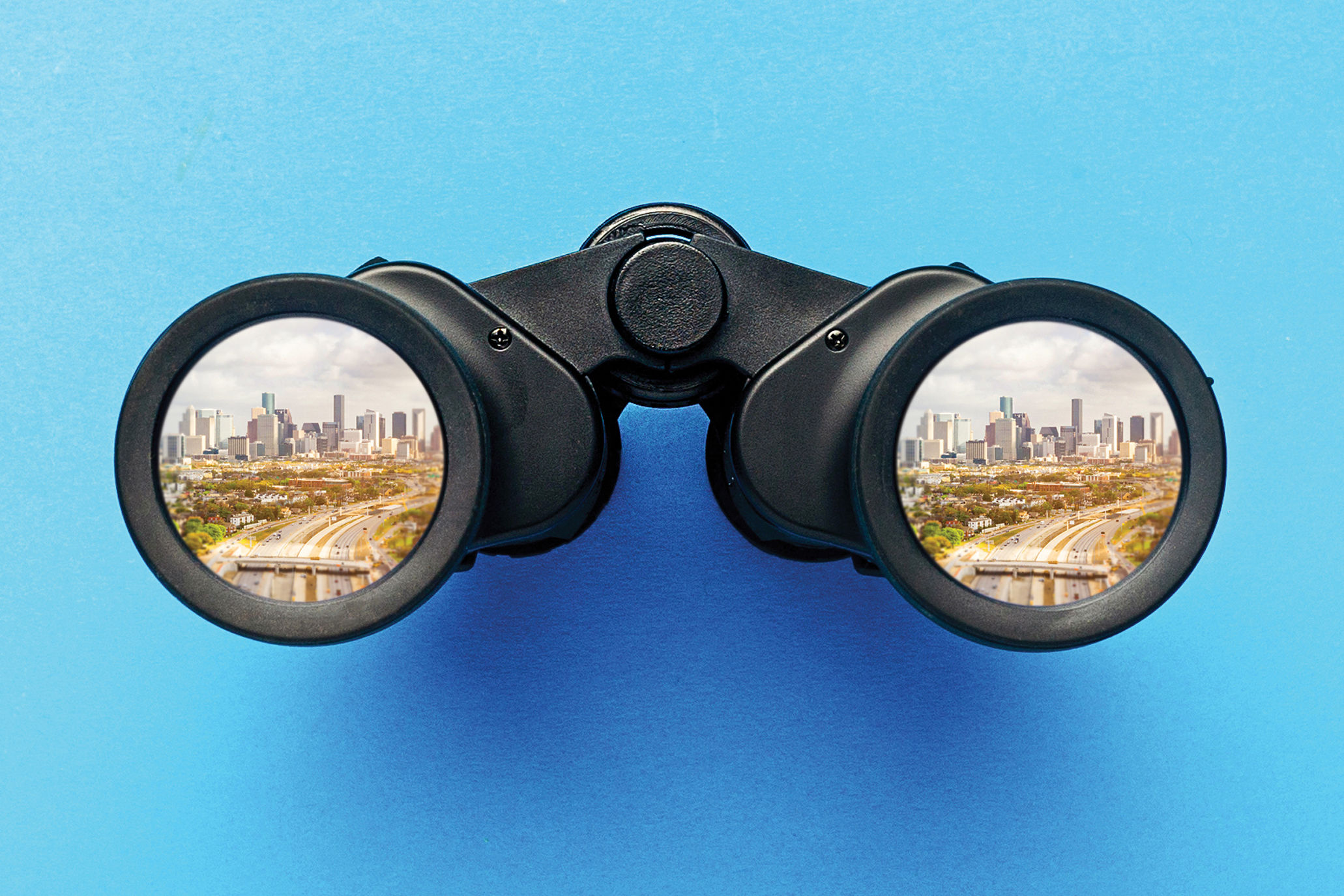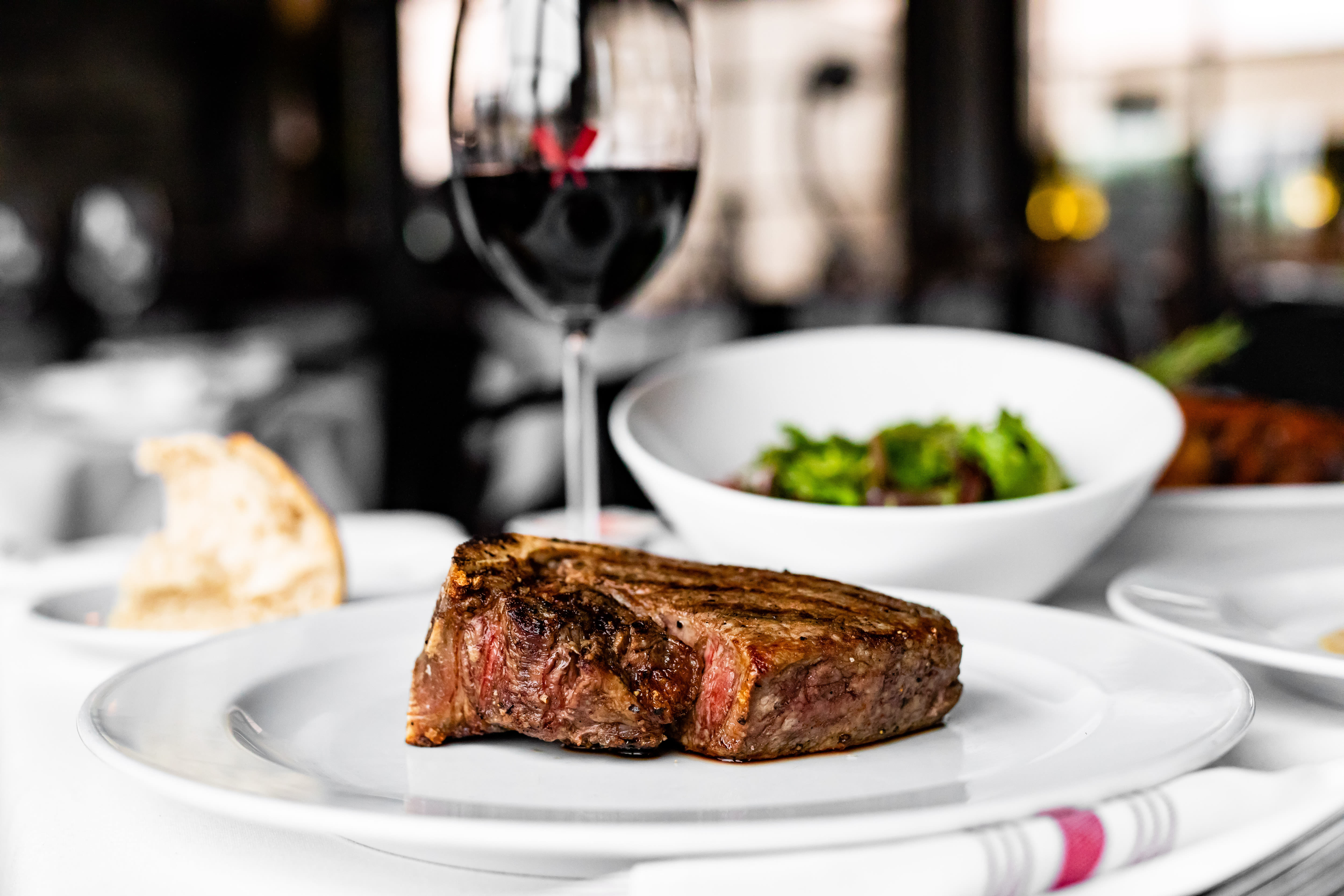The Cattle Industry’s “Steak” in the Environment
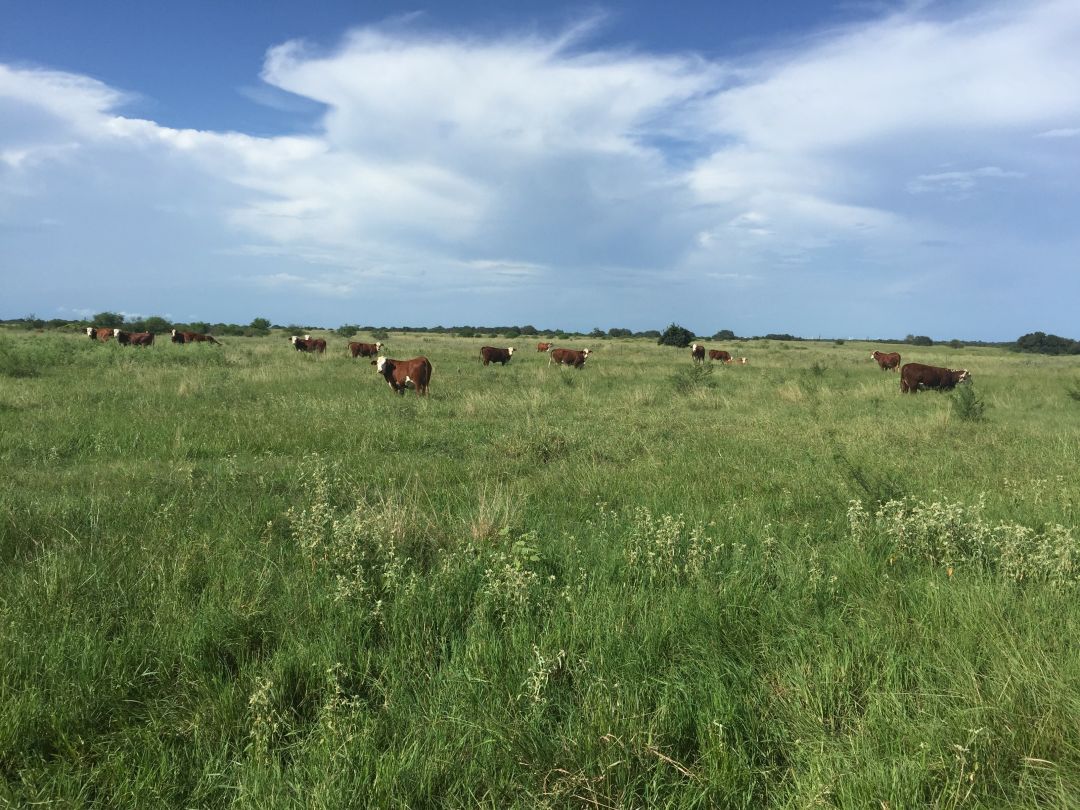
Beef has always been a quintessential piece of Lone Star State lore, from the weathered rangers of old, driving their herds across the prairie, to the tantalizing smell of BBQ brisket on the grill. Yet in recent years, the industry has faced its fair share of unfair criticism, becoming an unfortunate scapegoat—or scapecow, maybe—in the discussion surrounding climate change. Texans may love a good tall tale, but it’s best to hear the truth of this story from the source, so you can enjoy your next T-bone steak with a clear conscience.
For some people, raising cattle is in their blood, a tradition reverentially passed down over many generations. Bob McCan, the co-owner and general manager of McFaddin Enterprises, fondly remembers the summers of his childhood spent riding the pastures with cowboys and vaqueros on his family’s land. Today, he oversees those same ranch properties across Bee, Refugio, and Victoria counties—an operation with roots tracing all the way back to 1877 and his great-great-grandfather, James McFaddin.
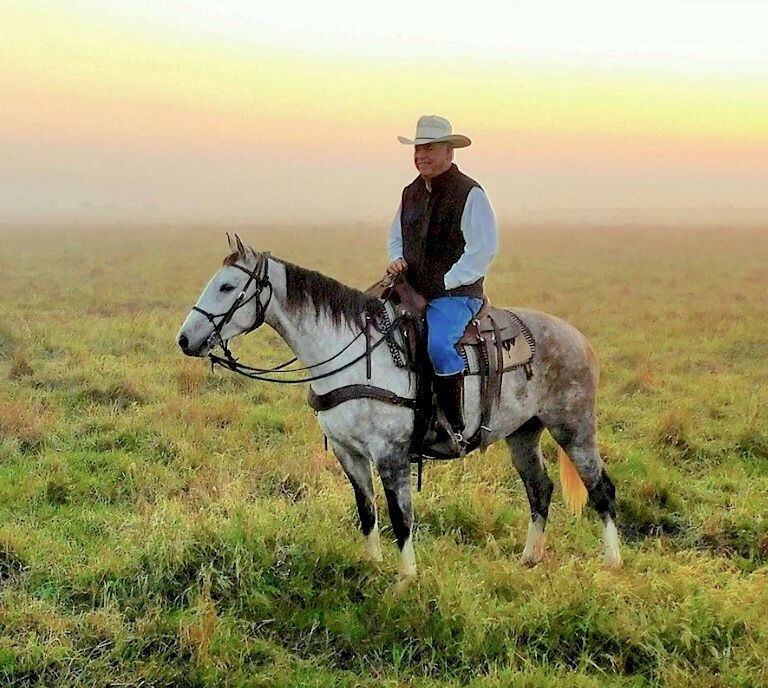
Bob McCan
Despite what you may see on television, 9 out of 10 beef farms and ranches are family-owned. In everything McCan and his staff do, there is an inherent care and respect for the animals and the environment, because the success of their livelihood—and legacy—depends on it.
“If we’re just here for our time and getting all the good out of it we can, then it’s probably not going to be too good for the next generation coming around,” McCan says. “We’ve always got to have the future in mind, so we’ll have a better place to leave our children than it was when we took over.”
In McCan’s opinion, sustainability is supported by three tenets: economic stability, environmental soundness, and social responsibility. At its core, this approach really means fostering a constant state of positive change and improvement.
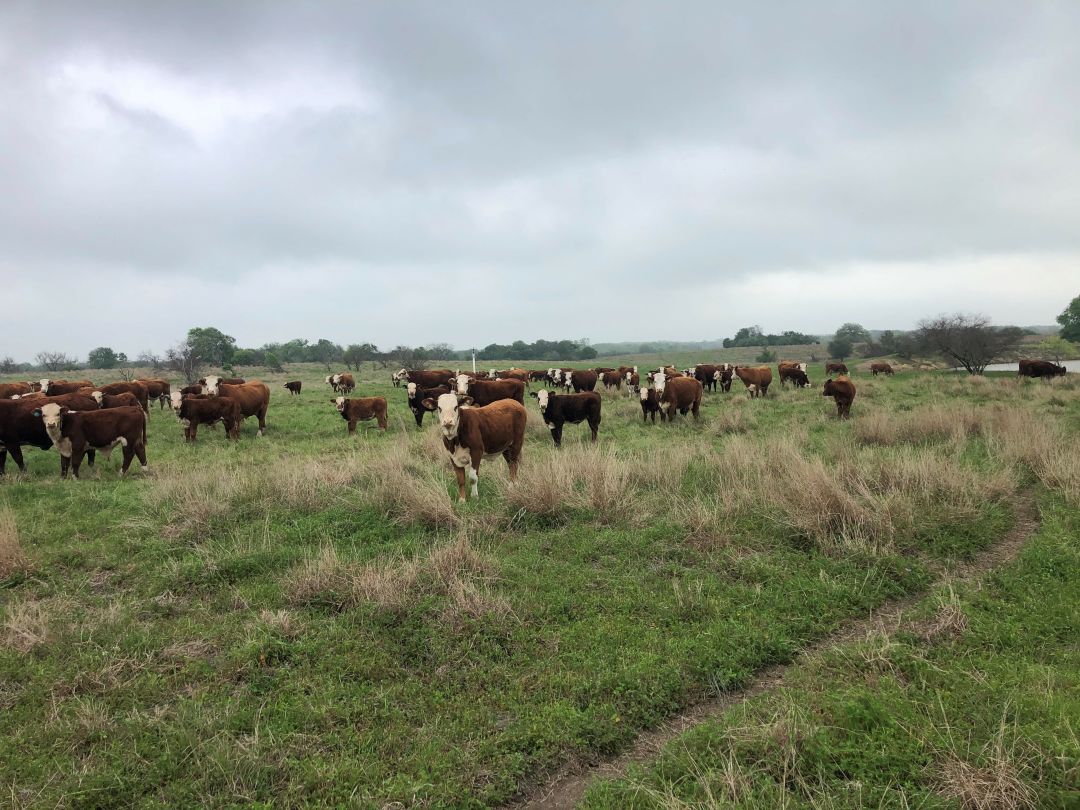
Since the early ’90s, McFaddin Enterprises has utilized an innovative rotational grazing system that’s been emulated by some of their neighbors in the Coastal Bend, too. “It yields an improvement in the native grasses and the pastures that we operate,” McCan explains. “We want to have a good vegetative cover on the ground at all times, and through our regenerative grazing practices, we really build the soil and vegetation profile and the range condition of the property.”
In turn, this maximizes water absorption and limits excessive runoff, keeping both quantity and quality high for people downstream. He adds, “It provides a really good filtering process. Any water that falls on the land and makes its way to riparian areas is going to be a whole lot better.”
Beyond tending its herds, McFaddin Enterprises acts as a steward of the ecosystem. Through partnerships with Texas Parks and Wildlife, Natural Resource Conservation Service, and Texas Grazing Land Coalition, the business consciously manages rangeland to sustain native wildlife.
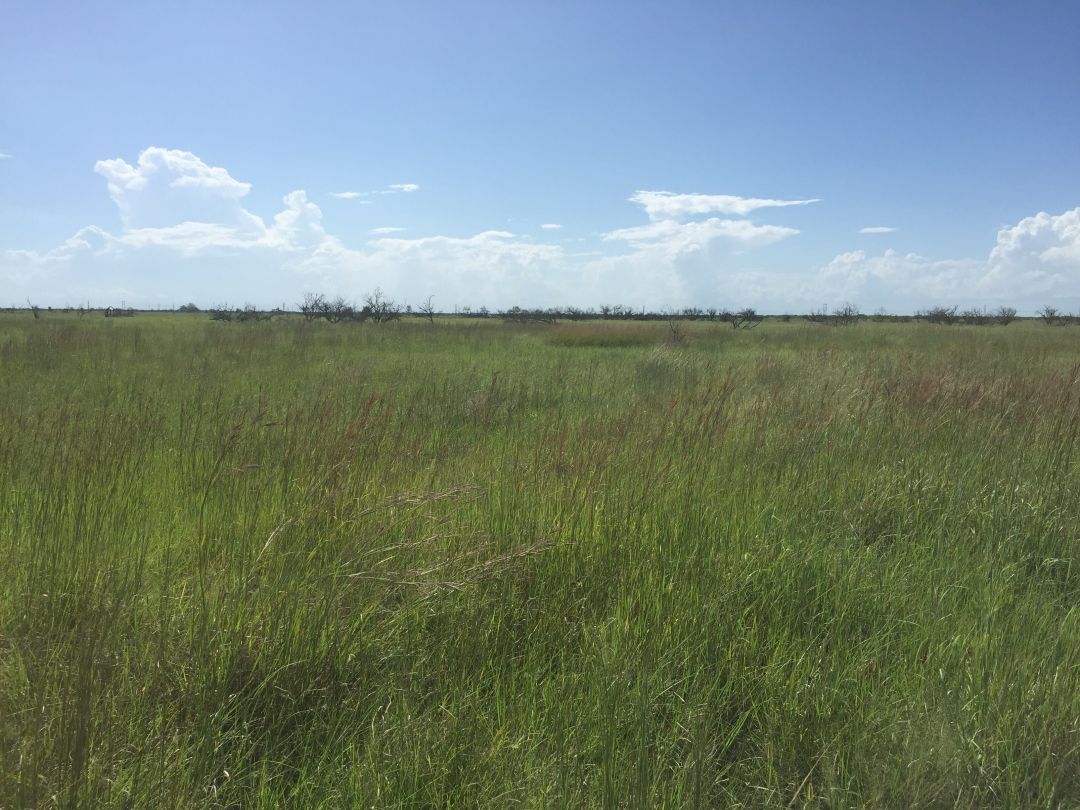
“If you’re overpopulated or have invasive species that are out of control, it’s going to hurt the natural resources. Keeping those populations in balance is important, and we do it in a way where we can derive income from it,” McCan says. “The majority of the income that we get from our recreational hunting enterprise goes back into the land and improvements, whether that’s brush control, or fencing that allows us to conduct our grazing system properly, or providing water systems for our cattle.”
The relationship between tech and the beef industry is also flourishing and reshaping how we think about eco-friendly solutions. This year, McFaddin Enterprises began contracting with AgriWebb, and it is already seeing the benefits of their data analysis.
“They’ve got a program that mapped our operation. It tells us how many days we’ve grazed in each pasture and how many days out of the year that pasture has been rested. It also has a component for measuring the amount of grazeable material out there,” McCan explains. “The software is going to help us keep track of a lot of our practices, the rainfall that we get at each location, and get a better handle on our record-keeping to improve our efficiency as an operation.”
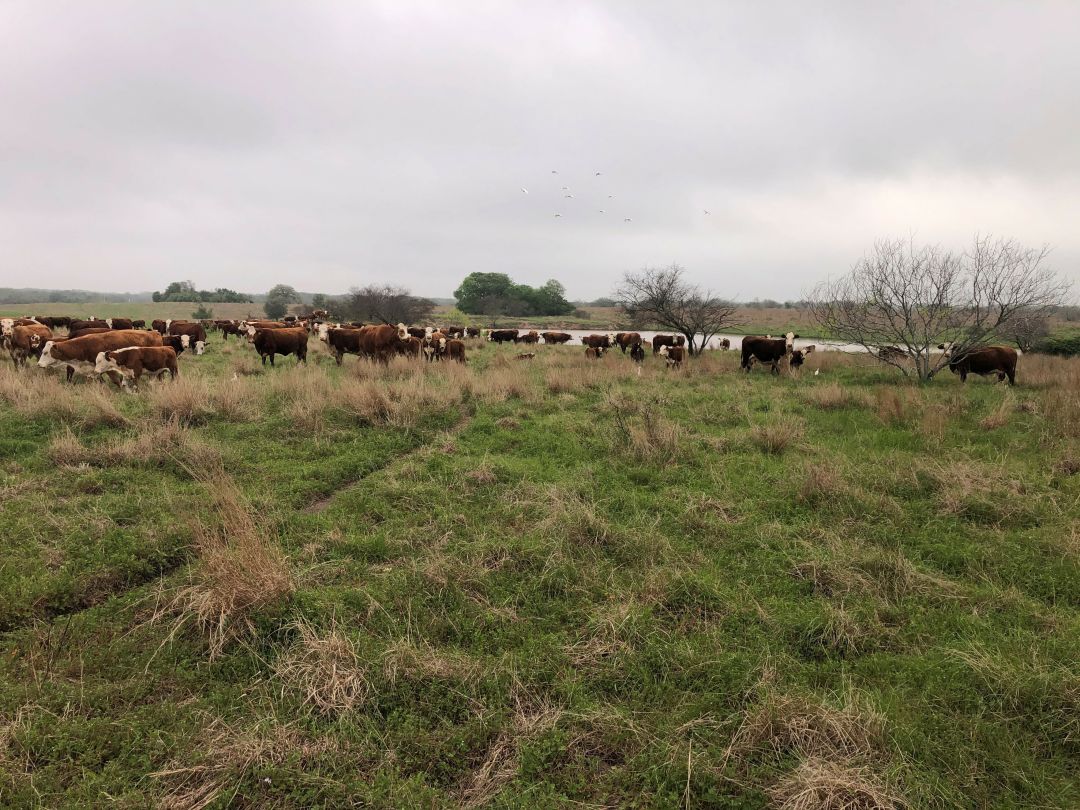
Ultimately, the progress that’s been made, and that continues to occur, boils down to simply producing more with less. Thanks to advancements in cattle genetics and nutrition, the beef industry has reduced emissions by 40% while producing 60% more beef than it did in the 1960s. And still, beef cattle are responsible for only 2% of greenhouse gases nationally, per the EPA.
So the next time you enjoy your favorite cut of beef, know that you’re supporting farmers and ranchers across the country, just like Bob McCan, who are nourishing the land for future generations.
